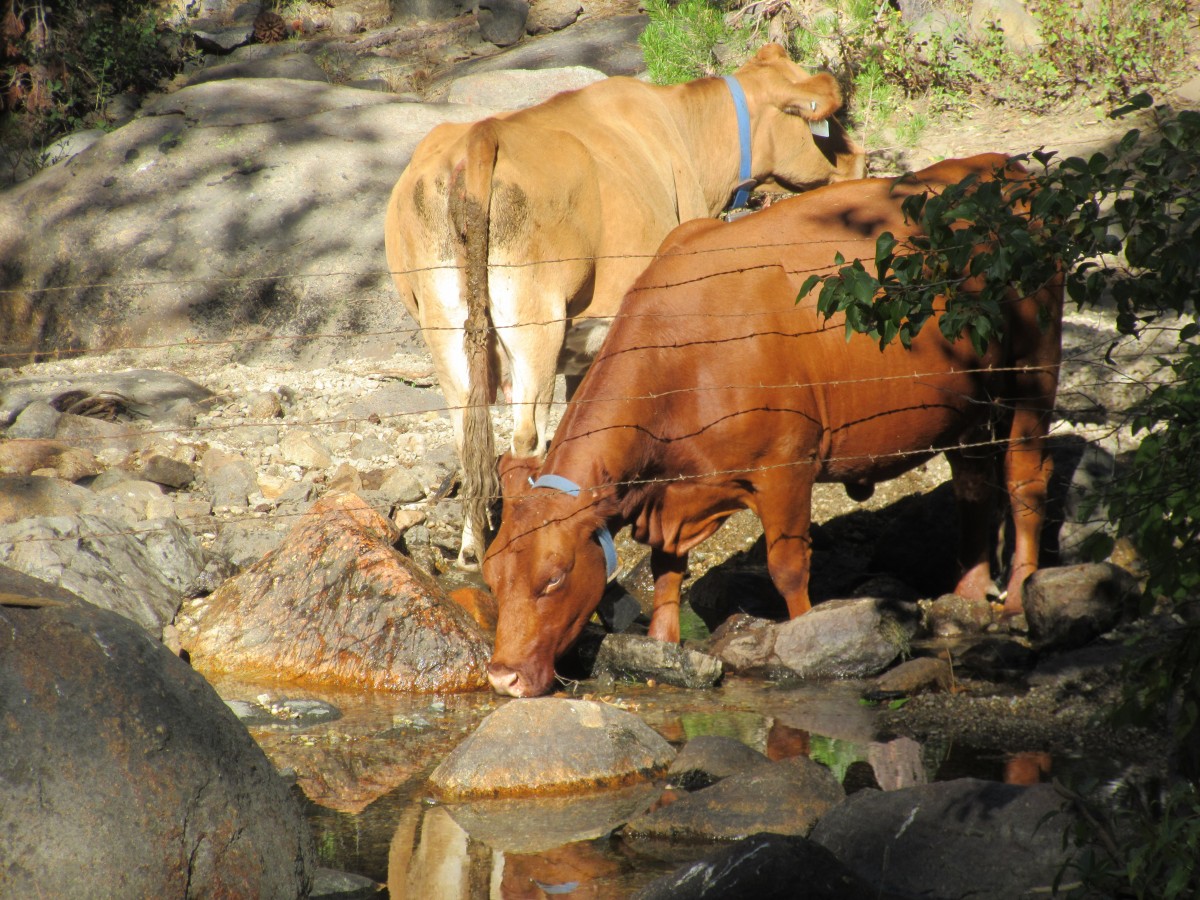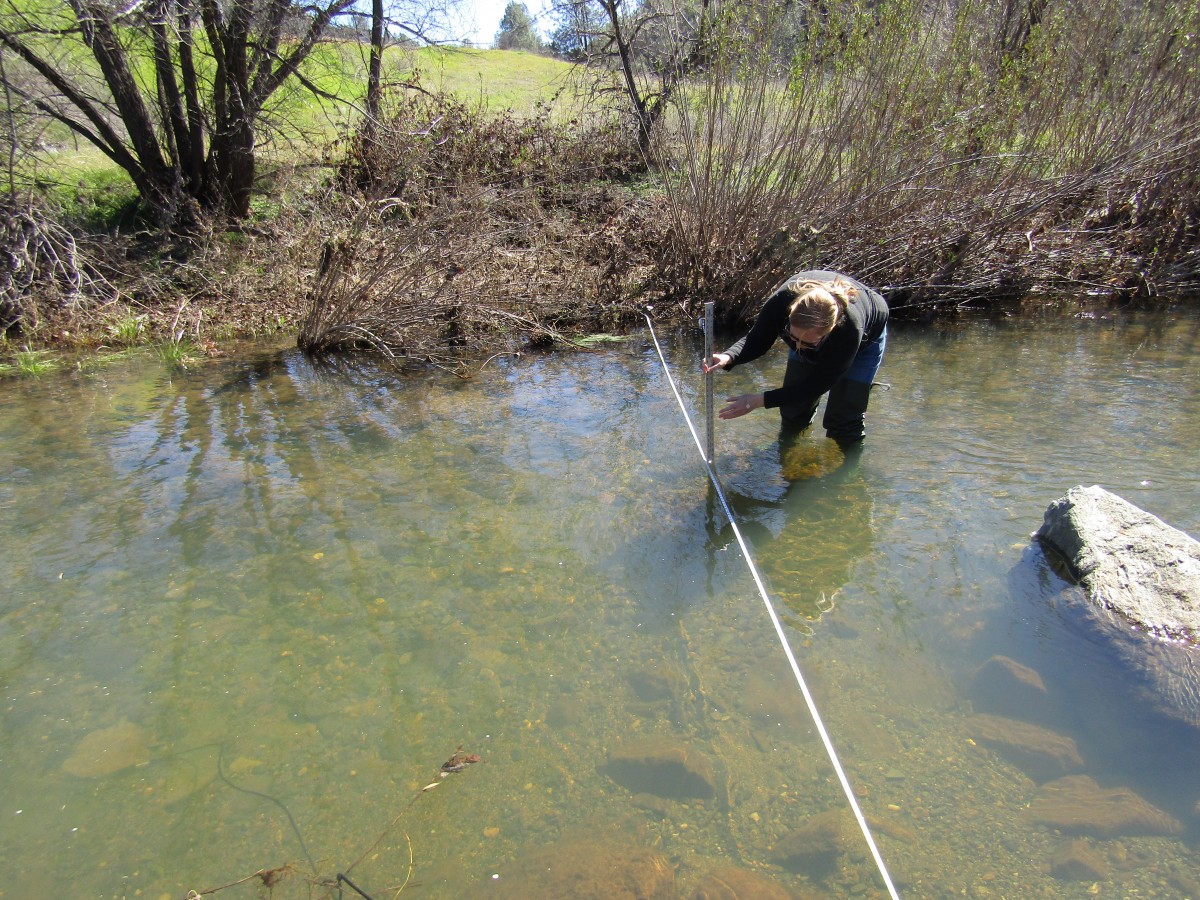As we approach the end of the year, CSERC staff has concluded forest stream sampling for 2018, but we’ll continue sampling foothill streams throughout the winter. CSERC submits the samples to be analyzed for high levels of disease-causing bacteria, such as E. coli. While a single sample may not tell much about the water quality, when multiple samples with elevated bacteria are collected within a month, that contaminated stream may be eligible to be protected under the Clean Water Act.

The water samples collected in the Stanislaus National Forest are used to monitor water quality downstream from meadows that are heavily used by cattle. Our foothill water sampling sites are generally downstream from residences and in areas with known recreational uses. You might see our staff sampling in streams that run through parks, where locals fish and swim throughout the year.

So far this year, we’ve collected 157 samples in total, with 28 detections of elevated bacteria. Most detections occurred in September and October, when streams had lower flow and warmer temperatures. Foothill stream samples may be contaminated by leaking septic systems or other urban sources, whereas forest streams often show elevated bacteria after cattle begin concentrating in the upstream meadows. CSERC calculates monthly averages to see whether the streams qualify for protection.
This year, we also began using an innovative water analysis method on our forest samples, known as environmental DNA or eDNA analysis. This process involves analyzing each water sample for the presence and quantity of cow DNA, which can be compared to the amount of DNA from humans, dogs, or other sources of fecal matter.
Grazing advocates often argue that cattle are not the primary contributors to contaminated forest water, despite our staff finding copious manure at many sample sites. This analysis method is costly, especially for a nonprofit, but CSERC is committed to using the best available science to guide its positions. So far, the results support the hypothesis that cattle contamination of streams causes elevated bacteria levels.

